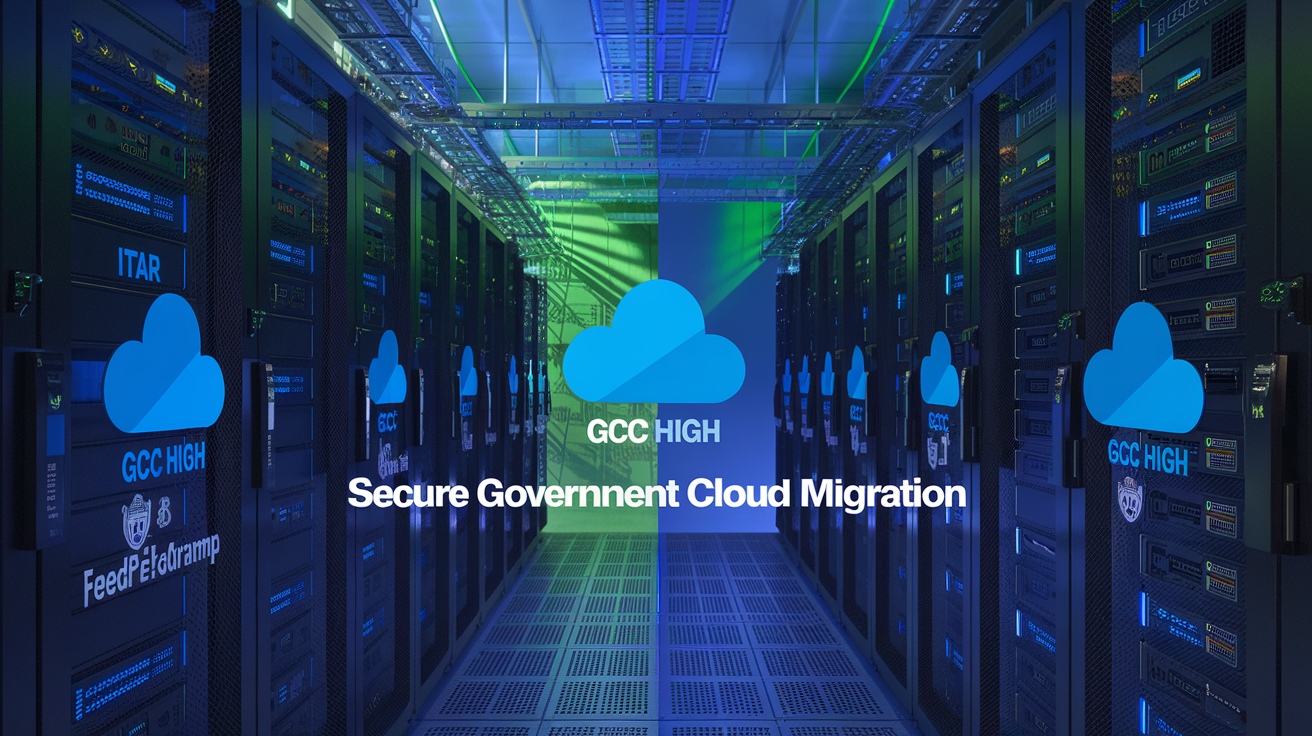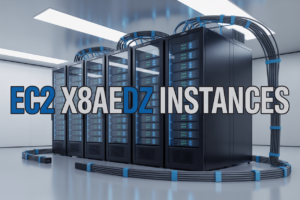You’ve been tasked with setting up a GCC High Azure account and suddenly feel like you’re trying to decode ancient hieroglyphics. Don’t worry—you’re not alone.
Three out of four government contractors report feeling overwhelmed by the specialized compliance requirements of GCC High environments.
Navigating the GCC High Azure account setup process requires understanding both the technical steps and the compliance considerations that make it different from commercial Azure. The security protocols aren’t just boxes to check—they’re essential safeguards for handling controlled unclassified information.
But here’s what no one tells you before you start: the standard Azure portal won’t help you here. You need specialized access pathways that most IT professionals have never encountered.
Understanding GCC High Azure Environment
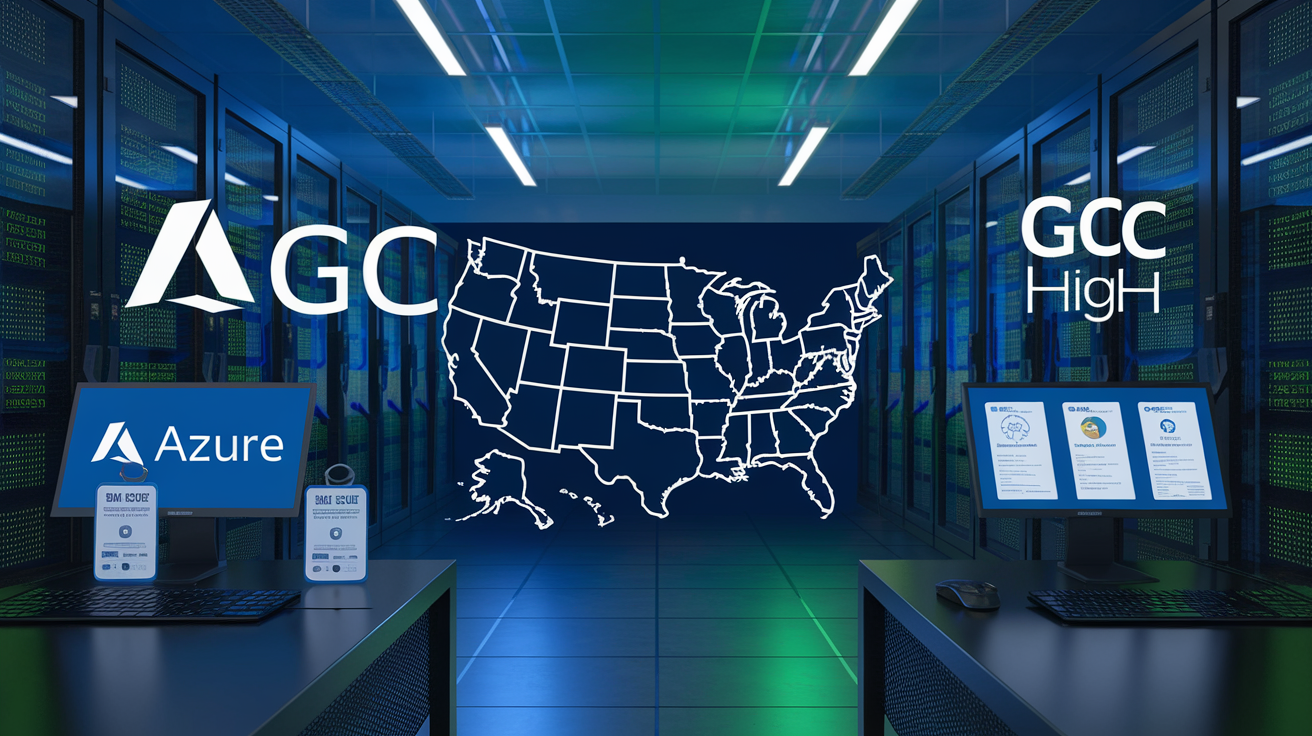
What is GCC High and why it matters for secure operations
GCC High is Microsoft’s specialized cloud environment built specifically for government contractors and organizations handling controlled unclassified information (CUI). Think of it as Azure’s more secure cousin, designed to meet the strictest regulatory requirements for defense and federal work.
Why should you care? If you’re handling sensitive government data, standard commercial clouds just won’t cut it. GCC High provides that extra layer of protection your organization needs to win and maintain government contracts. It’s not just about compliance checkboxes—it’s about creating a foundation of trust with federal agencies.
Key differences between commercial Azure and GCC High
Commercial Azure and GCC High aren’t just slightly different—they’re built for entirely different purposes:
| Feature | Commercial Azure | GCC High Azure |
|---|---|---|
| Data residency | Global data centers | US soil only |
| Support staff | Global workforce | US citizens on US soil |
| Compliance | Commercial standards | ITAR, CMMC, FedRAMP High |
| Feature availability | All new features first | Limited, security-focused features |
| Connectivity | Open internet | Secured connections |
| Cost | Lower entry point | Premium pricing |
Compliance benefits of GCC High (ITAR, FedRAMP, etc.)
The compliance advantages of GCC High are game-changers for organizations working with the government. You get built-in support for:
- ITAR (International Traffic in Arms Regulations) compliance
- FedRAMP High authorization
- CMMC (Cybersecurity Maturity Model Certification) Level 3-5 readiness
- NIST 800-171 requirements
- Department of Defense SRG Level 4-5
These aren’t just fancy acronyms—they’re your ticket to bidding on lucrative government contracts that commercial cloud users simply can’t touch.
Organizations that should consider GCC High implementation
GCC High isn’t for everyone. It makes the most sense for:
- Defense Industrial Base (DIB) contractors
- Organizations handling Controlled Unclassified Information (CUI)
- Companies subject to ITAR regulations
- Federal agencies with high security requirements
- Healthcare organizations working with federal data
- Financial institutions serving government clients
- Research institutions with federal grants
If you’re working with sensitive government data and need to meet stringent compliance requirements, GCC High isn’t just a good option—it’s practically your only option.
Prerequisites for GCC High Azure Setup

A. Eligibility requirements and verification process
Getting into GCC High isn’t like signing up for regular Azure. You need to qualify first, and Microsoft doesn’t just take your word for it.
To be eligible, you must be:
- A US federal, state, or local government entity
- A defense contractor handling CUI (Controlled Unclassified Information)
- A commercial organization managing ITAR data
- A company supporting critical infrastructure sectors
The verification process is no joke. Microsoft partners with Carahsoft to confirm you actually belong in this exclusive club. They’ll check your CAGE code, contract numbers, and sometimes even call your government contacts to verify your claims.
Don’t try to rush this part. The verification alone often takes 2-4 weeks, and that’s if all your paperwork is in order.
B. Required documentation and compliance paperwork
Prepare to drown in paperwork. You’ll need:
- DUNS number and active SAM.gov registration
- CAGE code (for defense contractors)
- Proof of government contracts or ITAR compliance
- Signed attestation forms about your data handling needs
- Corporate documentation showing US ownership structure
Some organizations also need sponsor letters from government agencies, especially if you’re working with DoD but aren’t a prime contractor.
Pro tip: Gather everything before you start. Missing documents can delay your approval by months.
C. Licensing considerations and costs
GCC High costs more than commercial Azure. A lot more.
Pricing typically runs 30-40% higher than standard Azure, plus you’ll need:
- Minimum seat counts (usually 500+ licenses)
- Annual commitment (no monthly options)
- Special GCC High versions of licenses
- Enterprise Agreement or CSP arrangement
Many organizations experience sticker shock when they see the actual numbers. Plan for:
| Service | Commercial | GCC High |
|---|---|---|
| E3 License | $36/user | $50-55/user |
| Azure Storage | $0.023/GB | $0.030/GB |
| Implementation | Optional | Required |
You can’t mix and match commercial and GCC High licenses either.
D. Planning your GCC High environment architecture
GCC High environments differ architecturally from commercial Azure in critical ways.
Your planning should account for:
- Physically separated infrastructure from commercial Azure
- Fewer available regions (East US and Central US primarily)
- Limited service availability (some Azure services don’t exist in GCC High)
- Stricter network security controls and boundaries
- Different API endpoints for all services
Map out your topology carefully. You’ll need to decide whether to:
- Go all-in on GCC High
- Create a hybrid deployment with some systems in commercial
- Maintain parallel environments
Document your architecture decisions early, as changing course later gets expensive.
E. Team resources needed for successful implementation
The right team makes all the difference with GCC High.
You’ll need:
- Security specialists familiar with NIST 800-171/CMMC
- Azure administrators with government cloud experience
- Compliance officers who understand federal requirements
- Project manager dedicated to the migration
- Executive sponsor with budget authority
Don’t underestimate training requirements. Your existing Azure admins will face a learning curve in GCC High where familiar tools work differently.
Consider engaging a specialized Microsoft partner with GCC High experience. Their expertise typically pays for itself by avoiding common pitfalls that lead to costly rework.
Step-by-Step Account Creation Process
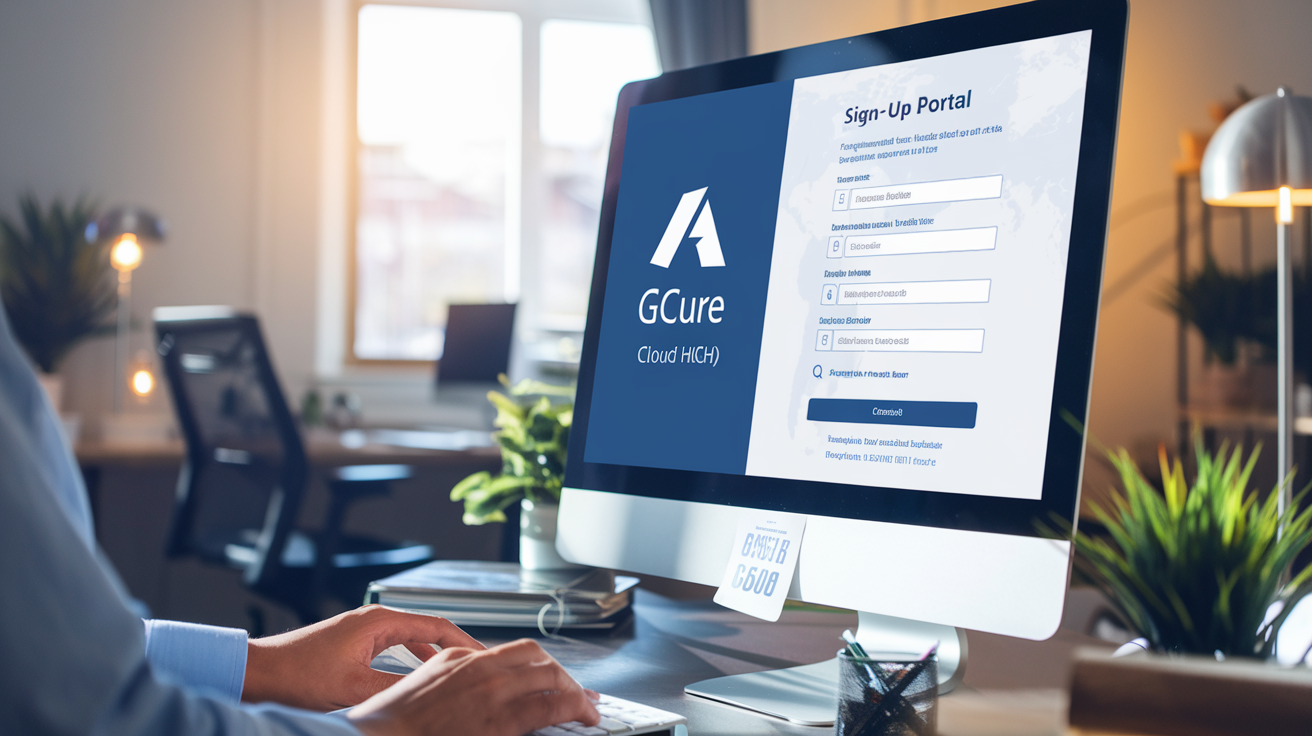
A. Initiating the eligibility validation process
Getting into GCC High isn’t like signing up for a regular Azure account. You’ll need to prove you’re eligible first. This means showing you’re either a federal contractor handling Controlled Unclassified Information (CUI) or subject to International Traffic in Arms Regulations (ITAR).
Start by gathering your documentation. You’ll need:
- DUNS number
- Tax ID
- Proof of CMMC compliance requirements
- Any contract numbers showing CUI/ITAR requirements
Don’t try to skip this step. Microsoft’s pretty strict about who gets in, and for good reason – these environments are built specifically for highly regulated data.
B. Working with Microsoft’s GCC High partners
Here’s something most guides won’t tell you upfront – you can’t just go to Microsoft directly. You’ll need to work with an Authorized Partner (LAP).
These partners aren’t just middlemen. They’ll:
- Verify your eligibility documentation
- Handle the complex tenant setup process
- Navigate Microsoft’s approval processes
- Provide specialized GCC High licensing
Some recommended partners include Planet Technologies, Summit 7, and AvePoint. Shop around – their services and pricing structures vary quite a bit.
C. Setting up your tenant and administrative accounts
Once approved, you’ll get access to create your tenant. This is where things get technical.
First, establish your global admin accounts – I recommend at least two for redundancy. These admin accounts should:
- Use different email domains than your main tenant
- Be protected with strong MFA
- Have break-glass procedures documented
Your partner will walk you through Azure AD configuration, but double-check that your tenant name reflects your organization properly – changing it later is a pain.
D. Configuring initial security settings
Security isn’t optional in GCC High – it’s the whole point. Start with:
- Enabling Conditional Access policies
- Setting up privileged identity management
- Implementing Azure AD Password Protection
- Configuring logging and monitoring
Pay special attention to your authentication settings. Password policies should align with NIST 800-171 requirements (14+ characters, complexity, etc.).
E. Verifying successful account creation
The final test is making sure everything works. Run through this checklist:
- Can admins access the Azure portal?
- Are all purchased licenses visible?
- Can you create test resources in Azure?
- Are your compliance settings properly configured?
- Can you connect to commercial Azure services you need?
If something’s not working, contact your partner immediately. Early troubleshooting prevents bigger headaches later.
Don’t forget to document everything you’ve done. GCC High environments often undergo audits, and good documentation makes compliance much easier.
Essential Configuration Steps
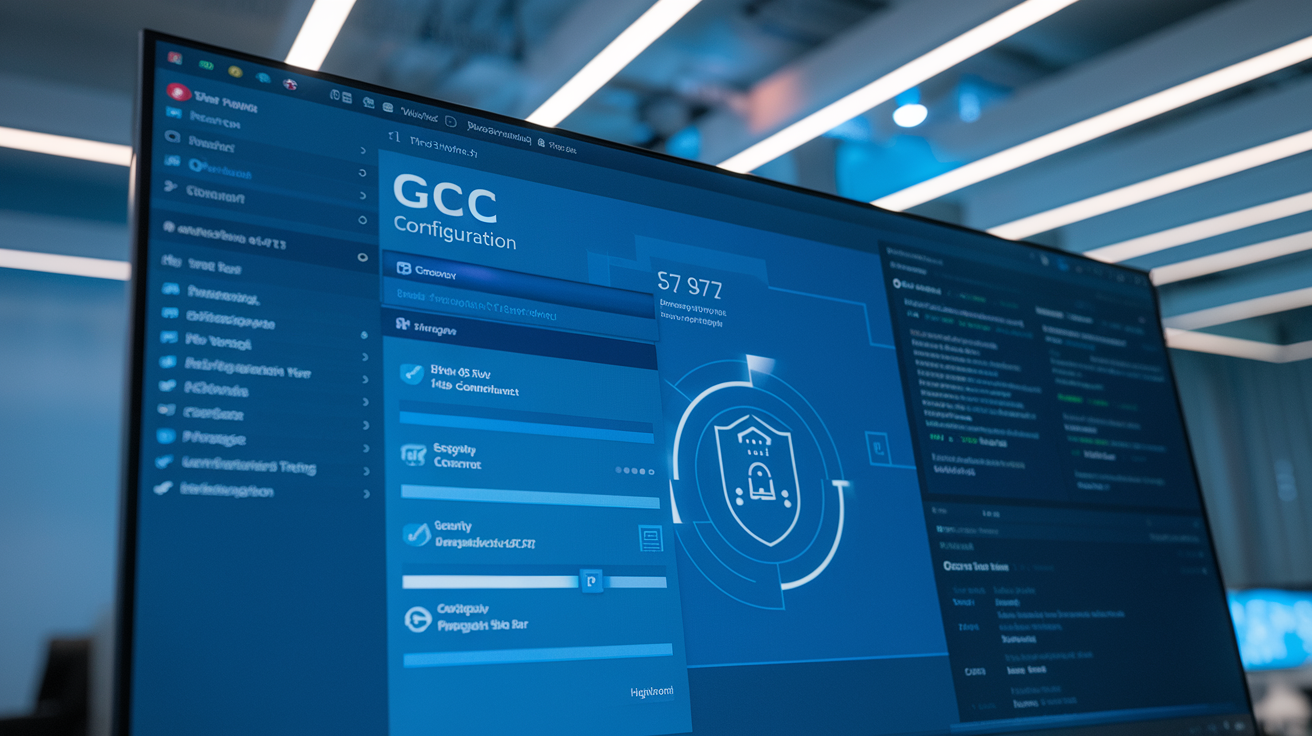
A. Implementing identity management and synchronization
Got a GCC High Azure account? Great! Now comes the real work. Identity management is your foundation – skip this and you’re building a house on sand.
Start by connecting your on-premises Active Directory with Azure AD Connect. But heads up – GCC High requires the special sync client designed for government clouds. Don’t use the commercial version or you’ll waste hours troubleshooting mysterious errors.
After installation, select the “Azure Government” option during configuration. This ensures your identities sync to the right sovereign cloud environment.
Pro tip: Create a dedicated service account with minimum necessary permissions for your sync operations. I’ve seen too many admins use domain admin accounts and regret it later.
B. Setting up Multi-Factor Authentication (MFA)
MFA isn’t optional in GCC High – it’s non-negotiable for security compliance.
Configure MFA for all accounts, starting with your admin users. The Azure Government portal has a dedicated MFA section under Security settings.
Phone calls and SMS aren’t enough anymore. Push notifications through the Authenticator app offer better security while keeping the experience simple for users.
MFA Methods to Consider:
- Microsoft Authenticator app (recommended)
- FIDO2 security keys (highest security)
- Phone calls (fallback only)
If you’re supporting DoD contracts, remember to review specific requirements that might restrict certain authentication methods.
Migrating Services to GCC High

A. Planning your migration strategy and timeline
Switching to GCC High isn’t like flipping a switch. You need a rock-solid plan that won’t leave your team stranded.
Start by mapping out every service you currently use. Some will transfer easily, others might need workarounds. Break your migration into logical phases – usually email first, then files, then applications.
Set realistic timeframes. Most GCC High migrations take 3-6 months, not weeks. Build in buffer time for the inevitable hiccups.
Don’t forget to assign clear ownership. Who’s responsible for each piece? Who makes the call when something goes sideways?
B. Moving email and collaboration tools
Email migration is typically your first big hurdle. Microsoft handles the heavy lifting, but you’ll need to:
- Clean up your existing email environment
- Update DNS records
- Plan for coexistence during transition
Teams and SharePoint migrations require careful handling. Export-import approaches often work best, but plan for some manual reconstruction of complex sites.
Remember that GCC High versions might have slight feature differences from commercial Office 365.
C. Transferring data while maintaining compliance
Data migration to GCC High requires strict attention to compliance. The golden rule: data can never touch non-approved environments during transfer.
Approved migration tools include:
- Azure Information Protection
- SharePoint Migration Tool (configured for GCC High)
- Specialized third-party tools with FedRAMP authorization
Document your chain of custody meticulously. Regulators love to see detailed migration logs showing data integrity.
D. Migrating applications and workloads
Application migration gets tricky. GCC High doesn’t support all standard Azure services, so you might need to:
- Refactor applications for available services
- Find GCC High-compatible alternatives
- In some cases, rebuild functionality from scratch
For custom apps, review code for any dependencies on public cloud services. Those integrations will break unless they’re explicitly allowed in GCC High.
E. Testing and validating migrated services
Never assume anything works after migration. Thorough testing is mandatory.
Create detailed test plans covering every critical function. Test with actual users who perform real work – their perspective matters more than IT’s.
Verify all compliance requirements are met post-migration. This includes data residency, encryption, and access controls.
Document everything. Your compliance auditors will thank you later when they can clearly see the validation process you followed.
Training and Operational Readiness

A. Administrator training for GCC High environment
Getting your admin team up to speed isn’t optional with GCC High—it’s critical. The government cloud environment has unique quirks and security features that even seasoned Azure admins might find challenging.
Start with Microsoft’s GCC High admin courses—they cover the essentials but don’t stop there. Create hands-on labs where your admins can practice without breaking anything important. Nothing beats actual experience navigating the GCC High portal and working with its compliance controls.
The biggest mistake? Assuming regular Azure knowledge transfers perfectly. It doesn’t. Your admins need to understand the specific security boundaries, the different update cadence, and the unique service limitations.
B. End-user education and adoption strategies
Your users will hate GCC High if you don’t prepare them. Trust me on this one.
The transition can feel restrictive compared to commercial Azure. Focus your training on the “why” not just the “how”—explain the security benefits behind the limitations they’ll encounter.
Create custom cheat sheets for common workflows that work differently in GCC High. Record short, focused screencast videos showing how to complete typical tasks. Appoint GCC High champions in each department who can answer questions and provide peer support.
Remember that adoption relies on accessibility. Make your training materials searchable and available when users actually need them, not just during official training sessions.
C. Creating documentation for ongoing management
Documentation for GCC High isn’t a “nice-to-have”—it’s your lifeline when things go sideways.
Create these essentials:
- Configuration baseline documentation
- Service-specific settings and limitations
- Custom security controls implemented
- Integration points with on-premises systems
- Emergency access procedures
Don’t document everything—focus on the GCC High-specific items that differ from standard Azure. Use screenshots liberally and update your docs whenever Microsoft releases changes to the environment.
D. Establishing support procedures
Support for GCC High works differently than commercial Azure support. You need clear procedures for:
- Internal troubleshooting steps before escalation
- Who can contact Microsoft support (limit this to experienced admins)
- How to gather required logs and diagnostic information
- A severity classification system matching Microsoft’s tiers
- Communication templates for security incidents
Create a dedicated Teams channel or ticketing queue specifically for GCC High issues. Train your support staff on the nuances of the environment and the specific information Microsoft will request for different problem types.
Troubleshooting Common Setup Issues

A. Resolving tenant configuration problems
Setting up your GCC High tenant isn’t always smooth sailing. If you’re stuck with configuration errors, first verify you’ve completed all prerequisites from the enrollment checklist. Many issues stem from incomplete validation steps.
Check your domain verification status – it’s a common roadblock. If you’re seeing error messages about pending domain verification, head back to your admin portal and confirm all validation records are correctly published in DNS.
Deployment failures? Look at your Azure AD configuration. Many GCC High tenants require specific settings that differ from commercial Azure. Double-check your conditional access policies and make sure they’re aligned with GCC High requirements.
B. Addressing licensing and subscription challenges
Got subscription headaches? You’re not alone. GCC High licensing is a different beast from commercial Azure.
If subscriptions aren’t showing up after enrollment, check whether your payment method has been properly validated. Government subscriptions often require additional verification steps.
License assignment failures typically happen when:
- Your user accounts aren’t properly synchronized
- You have conflicting license types
- Your subscription quotas need adjustment
Try removing any commercial licenses before applying GCC High ones – they don’t play well together.
C. Solving identity and access management issues
Access problems can bring your GCC High implementation to a screeching halt. First, verify that your admin accounts have the right roles assigned. GCC High requires specific privileged access configurations.
If users can’t log in, check:
- MFA settings (often more strict in GCC High)
- Conditional Access policies
- Identity federation configurations
Password sync issues? Ensure your Azure AD Connect is properly configured for GCC High – it needs special endpoint settings that differ from commercial deployments.
D. Fixing network connectivity problems
Connectivity troubles are frustrating but usually solvable. Since GCC High runs on dedicated infrastructure, network paths differ from commercial Azure.
Add these domains to your allowlists:
- *.gcc.teams.microsoft.com
- *.gcc-high.microsoft.com
- *.usgovcloudapi.net
Experiencing slow performance? Check if your network is routing traffic through commercial Azure endpoints instead of GCC High ones. This common misconfiguration causes major performance issues.
For ExpressRoute users: verify your circuits are properly configured for the Azure Government regions.
E. Getting help from Microsoft support channels
When you’re truly stuck, knowing where to get help matters. GCC High customers have dedicated support channels different from commercial Azure.
Don’t waste time with standard Microsoft support – they often can’t access GCC High environments. Instead:
- Use your designated Premier support contacts
- Open tickets through the Azure Government portal specifically
- Engage with your licensing partner who can escalate issues appropriately
Document everything before contacting support. Have your tenant ID, subscription details, and error messages ready. Screenshots help tremendously.
Support response times can be longer for GCC High – plan accordingly and have contingency plans for critical workloads.
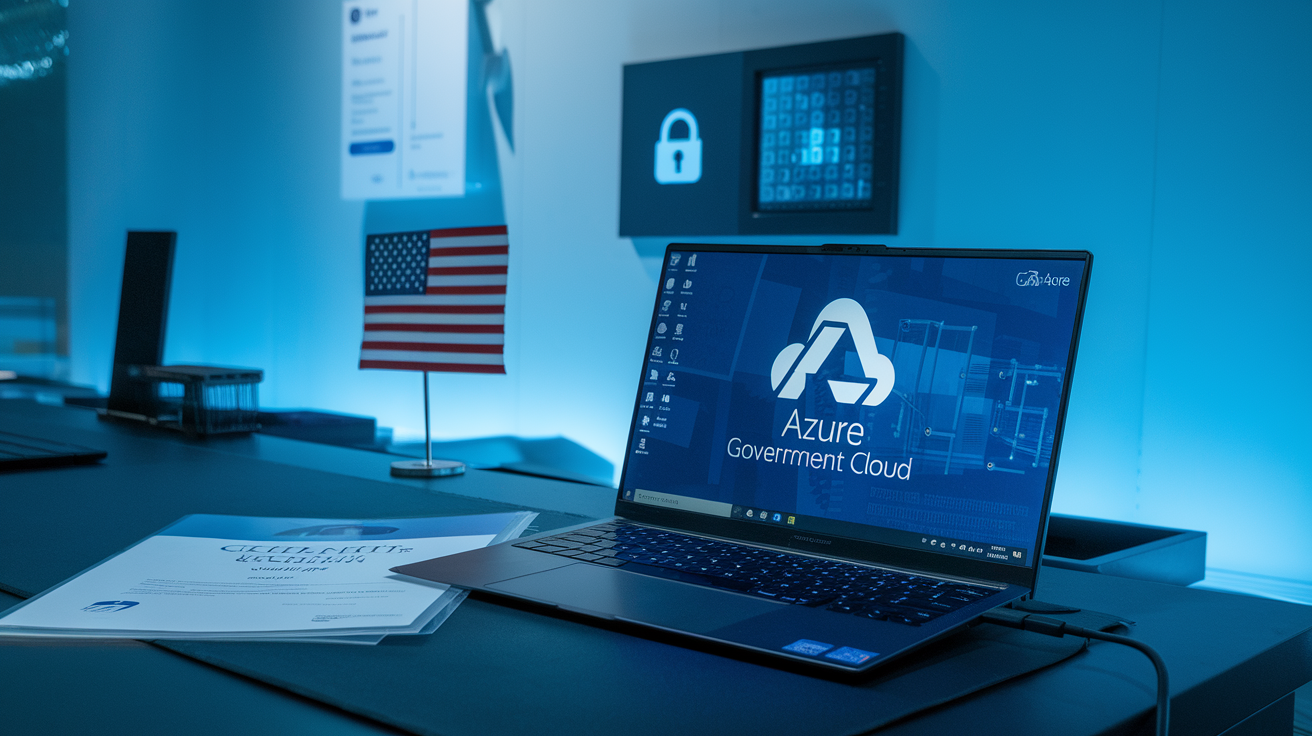
Establishing your GCC High Azure account is a significant step toward achieving compliance with specialized government and defense contractor requirements. From understanding the unique environment to completing essential configurations and migrating services, your organization is now equipped with the secure infrastructure needed for handling controlled unclassified information.
Remember that success with GCC High extends beyond the technical setup. Invest in proper training for your team and establish operational procedures that align with compliance requirements. Should you encounter challenges, refer to the troubleshooting guide or reach out to Microsoft’s dedicated GCC High support channels. With your secured environment now in place, you can confidently pursue contracts and partnerships that demand the highest levels of cloud security and compliance.










